The CELL 800 mAh Single Cell Lithium-ion (Li-ion) Rechargeable Polymer Battery is a compact, high-capacity, rechargeable power source commonly used in portable electronic devices. Here’s a breakdown of its key features:
Key Features:
- Type: Single Cell Lithium-ion Polymer (Li-ion)
- Li-ion polymer batteries combine the benefits of traditional Li-ion batteries and lithium polymer technology, offering higher energy density, better safety, and more flexible form factors.
- Capacity: 800 mAh (milliampere-hour)
- This indicates the battery’s ability to store charge. With a higher capacity, this battery can supply power for a longer period before needing a recharge, making it ideal for moderate power-consuming applications.
- Voltage: Typically 3.7V.
- This is the standard operating voltage for most Li-ion polymer batteries, ensuring compatibility with a wide range of devices.
- Dimensions:
- The battery is usually described by its physical size, for example, “xxxmm” (length) x “yyy mm” (width) x “zzz mm” (thickness). While exact measurements can vary, this battery is designed to be compact and easily integrated into small devices.
- Weight: Lightweight, helping to keep the overall weight of your device low, which is important for portable electronics.
Applications:
- Consumer Electronics: Smartphones, tablets, handheld gaming consoles, and cameras.
- Wearable Devices: Smartwatches, fitness trackers, and health monitoring devices.
- Toys and Drones: Many small drones and robotic toys use these batteries for their light weight and relatively high capacity.
- Medical Devices: Portable medical devices like glucose meters, blood pressure monitors, or pulse oximeters.
Advantages:
- High Energy Density: The Li-ion polymer technology allows for more power in a compact form factor, which is ideal for portable applications.
- Lightweight & Flexible: These batteries are often thin and flexible, making them suitable for use in devices with limited space or unconventional shapes.
- Rechargeable: Unlike disposable batteries, Li-ion polymer batteries are rechargeable, which makes them cost-effective and environmentally friendly.
- Safety Features: Built-in protection circuits typically ensure the battery doesn’t overcharge, discharge too much, or overheat, ensuring safer operation compared to older battery types.
Charging and Discharge:
- Charging: To ensure long battery life and safety, it should be charged with a Li-ion compatible charger (usually providing a voltage of around 4.2V).
- Discharge Rate: Typically, these batteries can handle a moderate continuous discharge rate (e.g., 1C or 800mA), making them suitable for devices that require moderate power over extended periods.
General Considerations:
- Temperature Sensitivity: These batteries operate best within specific temperature ranges (typically 0°C to 45°C for charging, and -20°C to 60°C for discharging). Extreme temperatures can degrade performance or damage the battery.
- Storage: If you’re not using the battery for extended periods, it’s advised to store it at around 40% charge to help preserve its lifespan.
This 800 mAh Li-ion polymer battery offers a great balance of capacity and size, making it ideal for use in modern, portable electronic products.

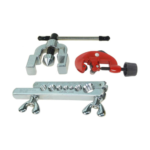

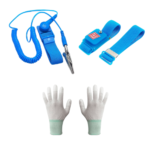
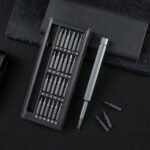

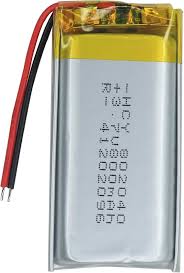
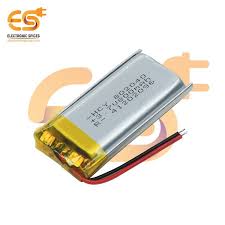
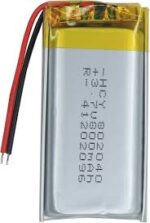
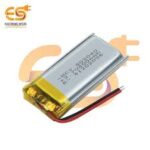
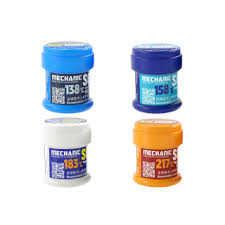
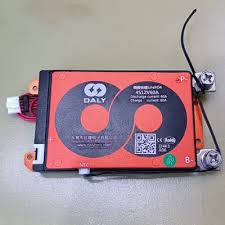
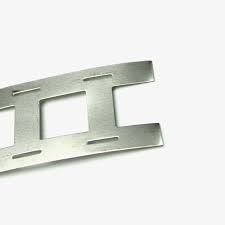
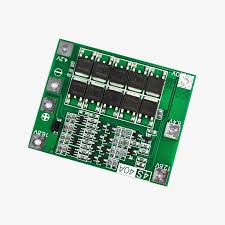
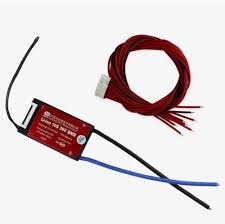

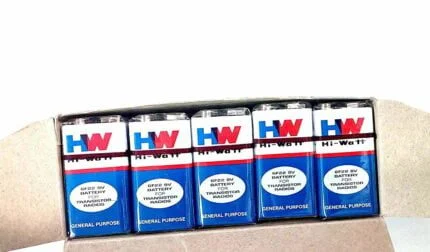
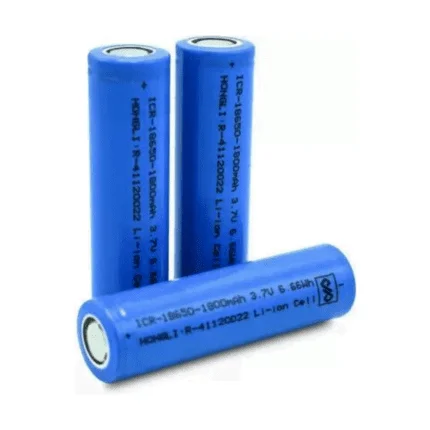
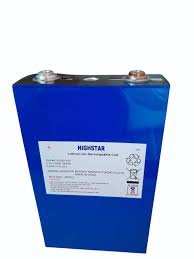
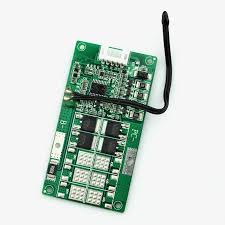




















Reviews
Clear filtersThere are no reviews yet.